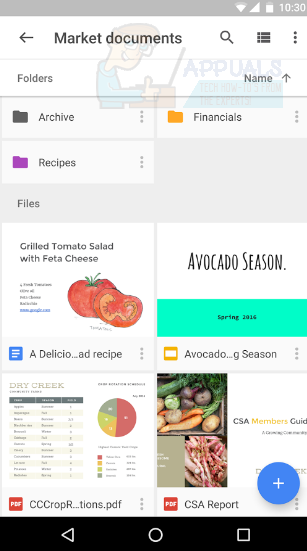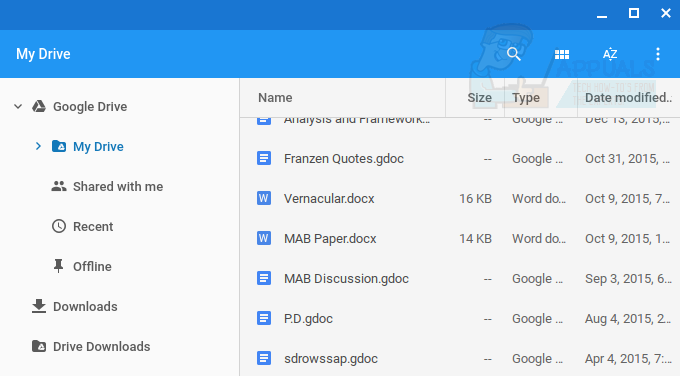How to: Sync and Transfer Files from ChromeBook and your Mobile
A lot of the work that we do revolves mainly around two gadgets, a smartphone and a laptop. Hence, it is very important that there be an easy way of transferring files between the Chromebook and smartphone. Here is a detailed guide for transferring files between Chromebooks and Android/iOS smartphones.
Method 1: USB Cable transfer
This method will only work for Android devices, so the only option for iOS users is Method 2. Chrome OS supports MTP file transfer, which means that it can treat your phone storage as an external storage device and move stuff to and from it just like a pen-drive or a hard-disk. Here’s how you can transfer files between your smartphone and Chromebook.
Connect your smartphone to your Chromebook using the USB Cable. As soon as you connect your smartphone, you should see the notification Connected as a media device. Tap on that and make sure the Media device (MTP) option is checked.
 xcvcm c .d, s ,k[pok
xcvcm c .d, s ,k[pok
On your Chromebook, the Files application will automatically pop up, displaying the contents of your phone’s internal storage.

Notice the XT1068 (model number of your phone) folder on the sidebar of the file explorer. The internal storage of the phone will be accessible through this folder. If you have an sd-card inside your phone, that will show up as a separate directory on the sidebar, below the internal storage folder. Inside these folders, all your phone’s stored files will be accessible. You can copy and paste files from them just like you would when using a pen-drive.
Method 2: Using Xender
A lot of mobile applications have been developed in the field of phone data transfer. Some of them support transfer to and from computers as well. The major benefit of such apps is that they eliminate the need for USB cables. For this tutorial, we are going to use Xender to transfer files between the Chromebook and the iOS/Android smartphone. Xender is perfect for Chromebook users mainly because it works inside a browser window, unlike other competitors.
If you haven’t already, install the Xender app for Android or iOS. Then, open the app and press the red rocket button on the bottom-right corner.

Click on PC/Mac from the options on the bottom row of the screen.

When you do that, a window will open on your smartphone looking like this :

Go to the URL given in the screen (web.xender.com) using your Chromebook. There should be a QR code (a black box with some complicated patterns in it) on your Chromebook screen.

Click on the orange Scan button from your smartphone, and then point your phone’s camera to the black box on your Chromebook’s screen.
Your phone should automatically detect the black box, and the Chrome window will be refreshed, now displaying your phone’s contents.

You can click on the different icons on the right sidebar to access images, videos, music etc stored on your phone. When you hover over individual files, you will be provided with the option of downloading them to your Chromebook. The last icon on the right sidebar is that of the file explorer. It will give you access to all the files on your phone, just like MTP.

On the top right of the screen, there is an Upload File button through which you can choose files to transfer from your Chromebook to your smartphone.
Using the power button on the top right inside the Chromebook’s Xender tab, you can safely disconnect your phone from the Chromebook once the transfer is done.
Method 3: Google Apps Sync
If you’re using an Android smartphone, then Google will automatically synchronize a lot of stuff from your smartphone to your Chromebook. That is, provided that you use the same Google account for your smartphone and your Chromebook. By installing the Google apps required, you can sync and transfer your files from Android and iOS smartphones to your Chromebook. .
Calendar and Photos
You can use your Google Calendar app (iOS/Android) to set a reminder on your smartphone, and the reminder will appear automatically on your Chromebook. The Calendar app comes pre-installed on your Chromebook. You can access it through the app launcher.
Press the search button on your Chromebook keyboard, or click on the search icon on the bottom left corner of the screen. The app launcher window will open up.

Inside the app launcher, click on All Apps. In the app drawer, you will find the Calendar app pre-installed. If you can’t find it, you can just go to calendar.google.com to access your Calendar.
In the same manner, you can install the Google Photos (iOS/Android) app on your smartphone. This application will automatically back-up all the pictures stored on your phone to the cloud, so that you can easily access them from your Chromebook. You can either open the Google Photos app installed on your Chromebook or go to photos.google.com to access all your smartphone images through your Chromebook.
Other Files
You can transfer any other file that you want to from your smartphone to your Chromebook or vice-versa, using Google Drive, Google’s cloud storage platform. Make sure you have the Drive (iOS/Android) application installed on your smartphone.
Press the blue + button on the bottom right corner on the screen. From there, you can upload any file or folder on your smartphone to Google Drive. Once uploaded, the file will be accessible through the Files app on your Chromebook. Inside the Files app, go to Google Drive. Under My Drive, you should find the file that you uploaded through your smartphone. If you uploaded the file inside a specific folder in Google Drive, then the file will be available inside that folder on your Chromebook. Alternatively, these files will also be available on drive.google.com.

This method might seem comparatively slower than other methods, but the only advantage of transferring through cloud is that your data is permanently backed up on the cloud, so that you can access it anywhere without any hassle.